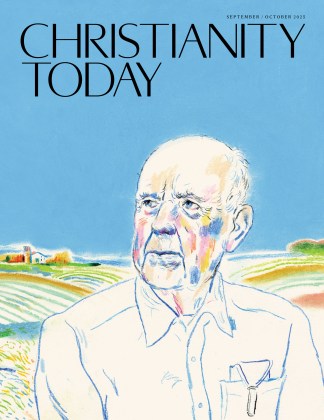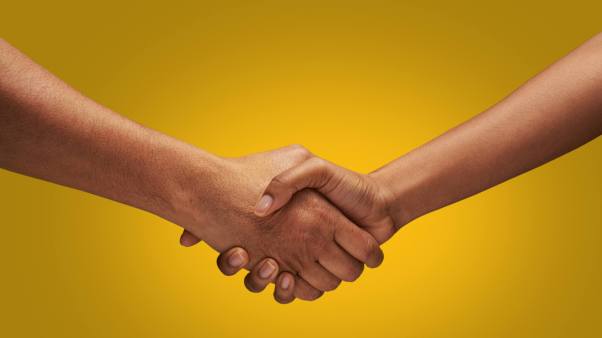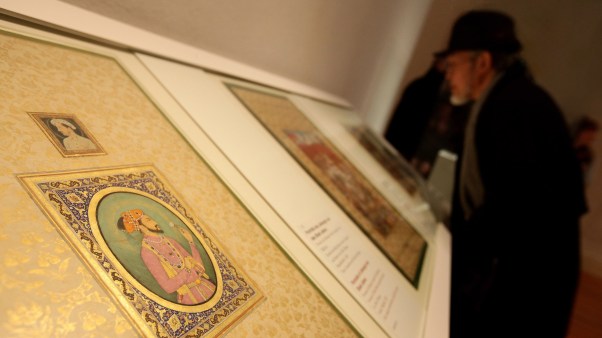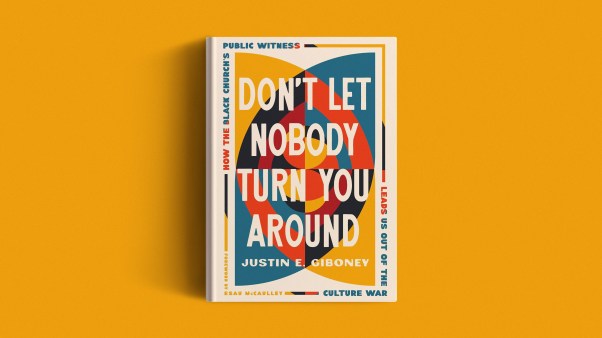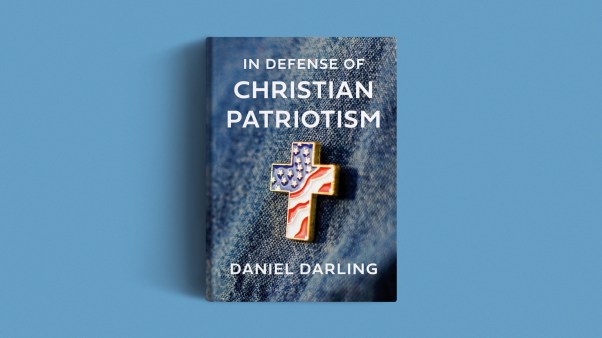 The International Association for the Study of Pain issued a declaration saying it is. People have a right to receive pain relief, without discrimination, via medications and non-medication techniques; to have pain assessed as a vital sign; to be treated by medical personnel trained in pain management; and to have chronic pain recognized as a disease entity that requires comprehensive treatment.
The International Association for the Study of Pain issued a declaration saying it is. People have a right to receive pain relief, without discrimination, via medications and non-medication techniques; to have pain assessed as a vital sign; to be treated by medical personnel trained in pain management; and to have chronic pain recognized as a disease entity that requires comprehensive treatment.
In a related story, Human Rights Watch published a report revealing that “most Kenyan children with diseases such as cancer or HIV/AIDS are unable to get palliative care or pain medicines,” because existing programs don’t serve children, health-care workers are inadequately trained in managing pain, and inexpensive opioid medications are scarce due to government policy and providers’ reluctance to give these drugs to children.
I learned of these developments while I was also reading—actually, devouring—Melanie Thernstrom’s acclaimed new book, The Pain Chronicles: Cures, Myths, Mysteries, Prayers, Diaries, Brain Scans, Healing and the Science of Suffering. The meticulously researched book covers the history of how we interpret and treat pain; the relationship among pain, the body, and the brain; and Thernstrom’s story of living with chronic musculoskeletal pain.
Thernstrom describes injustices in how pain is perceived and treated. For example, women with chronic pain are more likely to receive medications for depression and anxiety, while men are more likely to receive opioids, surgery, and complete exams. She says women who aggressively demand pain treatment are more likely to be dismissed as hysterical, and women’s fears of being perceived as demanding make them hesitant to report pain. African Americans are also more likely to be under-treated for pain, denied opioids, and to “have their requests for medication interpreted as ‘drug-seeking behavior,’” she writes.
Thernstrom also documents an “opioid backlash”—an overzealous response to prescription painkiller abuse. The backlash has left some patients unable to get relief, as more doctors are reluctant to prescribe opioids as they witness colleagues being prosecuted, sometimes unfairly, for prescribing the drugs. Thernstrom predicts that decades from now, people will look back with pity on patients from whom opioid pain medication was withheld because of misguided fears and misinformation, just as we pity our ancestors who, sickened by infectious disease, were subjected to bizarre, cruel, and ineffective “treatments” before the germ theory came along.
This backlash might lead, unjustly, to the criminalization of people who take opioids with legitimate prescriptions for legitimate pain. As one of those people, I was alarmed to read about some North Carolina sheriffs who want to obtain a list of state residents with prescriptions for pain drugs. Claiming that the list will help them fight prescription drug abuse, these law enforcers apparently believe they need to keep tabs on people like me, as they do sex offenders and ex-felons.
While some Americans are subjected to stereotypes or inadequate responses to severe or chronic pain, residents of poorer countries often lack access to more basic pain relief. In parts of China and Africa, surgery is still often performed without anesthesia (although in China, there is some documented success with using acupuncture to prevent surgical pain). Non-prescription pain medicine is a luxury in many developing countries. I recently loaded up my shopping cart with children’s Advil and Tylenol for a friend to take on a trip to an Ethiopian orphanage, where children get no relief from the pain of sprains, fevers, headaches, and broken bones.
I have a genetic bone disorder that causes both acute pain (due to frequent broken bones) and chronic pain (due to joint and bone deformities). My oldest child shares my diagnosis. If you were to ask me for an image to illustrate what grace looks like, I would tell you about the EMT who responded last summer when my daughter had an accident resulting in multiple fractures. As my daughter lay in agony on the hot asphalt, the EMT lay down next to her and, from that awkward position, quickly and almost painlessly started an IV, through which my daughter received morphine to ease her pain for the ambulance ride. Adequate pain medication, administered by a skilled professional who saw pain relief as a primary duty, made a terrible day a bit more bearable. It was a gift for which I will always be grateful.
Thernstrom notes that “pain never simply ‘hurts.’ It insults, puzzles, disturbs, dislocates, devastates,” leaving those in pain feeling that they have lost their real lives, even lost themselves. As people concerned about justice, dignity, and wholeness, Christians might pay more attention to the emerging movement to relieve those whose selves are threatened by pain. Every human, including Kenyan children dying of HIV/AIDS and the estimated 70 million Americans who live with chronic pain, deserves to have their terrible days made a bit more bearable.
This is the first of two posts on Christian responses to physical pain. The next post will explore Christian understandings of pain as transformative and redemptive.
A week from today, Roland Emmerich’s apocalyptic epic 2012 hits the big screen, and the trailer clearly shows such iconic Christian sites as the Sistine Chapel, Saint Peter’s Basilica, and the Christ the Redeemer statue in Rio de Janeiro (in the poster at left) all come a-tumblin’ down when all heck breaks loose on doomsday.
What you don’t see getting smashed to smithereens are any Islamic holy places – and that has at least a couple of bloggers mad.
Calling director Emmerich a “coward,” a blogger for The American Catholic writes, “This is just another example of Hollywood picking on us Christians. ‘Us’ Christians call this behavior bigotry in the form of Christophobia. More commonly known as anti-Christian or more specifically anti-Catholicism in the case of this film.” The blogger goes on to note that Emmerich was concerned about having a fatwa (essentially a Muslim death threat) on his head.
Meanwhile, at Big Hollywood, Greg Gutfield writes, “Where are Roland Emmerich’s balls?” He notes that Emmerich had said “he hoped to destroy the Kaaba, an Islamic holy site, but his fellow screenwriter Harald Kloser persuaded him not to” – again, out of the fear of fatwa. Gutfield writes: “Hollywood screws with Christians because Christians don’t behead people. But tweak Islam, and you could end up like director Theo van Gogh – dead on a street with a flag impaled on your chest. Roland picks the safe target because he’d rather live . . . [This] proves that Roland has the gonads of a shrimp.”
As for Emmerich, here’s his explanation, in his words, for not destroying anything Islamic: “We have to all, in the western world, think about this. You can actually let Christian symbols fall apart, but if you would do this with [an] Arab symbol, you would have … a fatwa. So it’s just something which I kind of didn’t [think] was [an] important element, anyway, in the film, so I kind of left it out.”
 This is the second of two posts on Christian perspectives on physical pain. The first explored the idea of pain relief as a human right.
This is the second of two posts on Christian perspectives on physical pain. The first explored the idea of pain relief as a human right.
Melanie Thernstrom, in her critically praised new book, The Pain Chronicles, examines the role of pain in religious belief. “If we try to describe the particular terror of pain,” writes Thernstrom, “it seems to lie in the way that it kidnaps consciousness, annihilating the ordinary self.” Yet annihilation of the self is precisely what many religious traditions strive for. And “while some pain poses a grave threat,” she notes, “other pain paradoxically strengthens the sense of self.”
Childbirth, rigorous physical training for sport or career, and coming-of-age rituals in some cultures can all be painful, but participants understand their pain as necessary for transforming the self—into a mother, a champion, a soldier, an adult. Thernstrom refers to this type of pain as integrative; we incorporate it into a positive sense of who we are. Thernstrom contrasts this with what she calls disintegrative pain: “pain that cannot be reconciled with one’s sense of self, but undermines and destroys it, as the pain of surgery differs from the pain of disease, even when they result in the same tissue damage.”
Pain’s transformative nature plays a central role in Christian belief. One need only look toward Jesus’ crucifixion to see this. In fact, as Thernstrom explains, crucifixion maximizes pain by targeting body parts that are particularly pain-sensitive, such as the hands. Through Jesus’ painful death, we receive salvation and new life. Thernstrom explains Christianity’s perspective on pain: “The God of the Gospels answers the problem of pain not by removing it from human life, but by sharing it …. [Christ] suffers unto death, showing Christians not how to evade pain, but how to welcome its redemptive possibilities.”
Unfortunately, understanding pain’s redemptive possibilities can lead to romanticizing pain, scorning pain relief, and failing to recognize pain’s destructive power. In the 19th century, for example, it took decades for anesthetics to become widely used, even after physicians knew that they worked. Surgeons perceived the extreme pain of surgery as a necessary step in healing and a fundamental quality of their work. Christian churches claimed that medication to ease labor opposed the will of God, who had imposed labor pain upon women after Eve’s disobedience.
Today, people often respond to others’ pain with clichés: “Everything happens for a reason,” or, “God won’t give you more than you can handle,” glossing over the hard realities of pain in favor of the lessons to be learned. In a fascinating study, philosopher Rebecca Kukla showed that giving birth without pain medication has for some become a test of modern women’s suitability for motherhood, noting that ” ‘good’ mothers deliver vaginally without pain medication [while] ‘bad’ mothers make ‘selfish’ choices,” including epidurals and C-sections. Thernstrom also notes that chronic pain patients (particularly women and African Americans) have their complaints misunderstood or dismissed and their dependence on medication quickly pegged as weakness or addiction. Our culture operates under the assumption that “pain is gain” (and that an inability or unwillingness to bear it is a character flaw).
Certainly, the Cross demonstrates that pain can be redemptive, and many of us can relate experiences whereby pain led to positive transformation (though such transformation often comes once pain is relieved, because in the midst of severe pain, it’s hard to do much of anything besides be in pain). Christ’s suffering also helps us to know that when we suffer pain, God actually does know how we feel.
Yet the abundant stories of Jesus’ healings also suggest that God understands how pain can limit human flourishing, especially when it leaves people unable to participate in essential human activities (family and community life, work, rest) and disconnected from their true selves. As someone with a painful, debilitating physical disability, I cling to the healing narratives as proof that Jesus cares about me and my broken body, and understands that pain is not always gain. I cling also to God’s promise in Revelation 21: “He will wipe away every tear from their eyes, and death shall be no more, neither shall there be mourning, nor crying, nor pain anymore, for the former things have passed away.”
As modern Christians with medical technology at our disposal, from drugs and surgery to genetic screening and assisted reproduction, we’re forced to contemplate how far we should go in abolishing pain, and when we should welcome its redemptive possibilities. One important step in that contemplation is an honest look at how we perceive and judge those who are in pain. Pain can transform, and pain can destroy. Humility requires that we not be too quick to judge into which category another’s pain falls.
For what it’s worth, the early teaser trailer for 2012 shows some sort of Himalayan holy man – presumably a Buddhist – biting the dust first. (He’s pictured in the screen capture at left.) So, it’s not like Emmerich was just picking on the Christians.
Here’s the latest trailer:
